41 how food labels are misleading
The misleading claims on food labels - Ecooe Life The common misleading claims on food labels are as follows: Natural: this is maybe the most abused word by food industry giants. It can be simply related to a certain part that is natural. For example, the food is claimed to come from a natural source like pasture. Multigrain: It sounds like the food is full of whole grains, however, it just ... Watch Out for These 10 Unregulated & Misleading Food Labels! Natural flavors are msg laden and can cause migraines and many other reactions to those who are sensitive to msg. RX bars are the biggest offender in this category misleading consumers into thinking it is a clean product. Hope this post encourages consumers to educate themselves on misleading food labels and ingredients.
Weekly Topic: Editorial - Misleading food labeling ... Misleading health claims allowed by the FDA are even more concerning. Products are often labeled with what they do not have to imply healthfulness and superiority to competitors. Consumers purchasing a no sugar added juice may be inclined to believe that there is little sugar or calories in the product, when in fact the opposite is true.
How food labels are misleading
Why Food Labels Are So Misleading - Next Avenue Eating packaged foods labeled as high in fiber can negatively impact our health, too. Researchers conducting a 2013 study examining the cardio-protective effects of fiber in the diet cautioned that... What misleading food labels such as 'less processed' and ... Next there's water, sugar, yeast, sunflower seeds and wheat berries. When we get to the "2% or less" portion of the label, we find wheat gluten, corn meal, pearled barley, rye, triticale and malted... Although food labels have some important advantages, there are also some problems related to them. For instance, food labels might mislead people and may influence their decisions in a rather suboptimal manner. Many producers claim that their products are “low-fat”, “low-carb” or other declarations that seem to be positive at first glance.
How food labels are misleading. 8 misleading food marketing labels | AGDAILY This label is misleading because many consumers assume it means the food is healthier, safer and/or better for the environment when that's not necessarily the case. 4. Non-GMO Many consumers assume that if a product has a non-GMO label, it must be superior to a similar product next to it without that label, but that's not true at all. 13 Misleading Food Label Claims and How Not to Be Tricked Why Food Labels Are Misleading Overstating the benefits of a food product on the label in a way that leads people to pick up the item means more sales. Just getting a consumer to touch a product can be enough to create a sense of ownership of the item and increase the likelihood that they end up buying it. › hub › importance-ofThe Importance of Food Labels | Requirements for Packaging Sep 07, 2018 · Your pre-packaged food must include the following on its labels: The name of the food. This must be a true representation of your product and must not be false or misleading. A list of ingredients. You must use ‘Ingredients’ as the heading and list the ingredients used to make the product in descending order of weight. › trending › microbiology"Raised Without Antibiotics" Labels Found to be Misleading Apr 11, 2022 · Other labels, such as those from the Global Animal Partnership’s Animal Welfare Certified Program, or the USDA’s National Organic Program do not measure antibiotic levels in animals either. In this study, the researchers assayed urine from slaughtered beef cattle that were part of the RWA market.
Why Misleading Food Labels Are Everywhere - Chris Kresser Other times, food labels can be downright misleading. Certain marketing phrases added to packaging try to convince us that foods are healthier than they might actually be. Don't fall for them! "Gluten-Free" Products proudly display a "gluten-free" banner to convince consumers that it's a healthy choice. Are Food Labels Misleading? - Irene's Myomassology Institute For carbohydrates, vitamins, and minerals, 100% of your Daily Value is the suggested minimum. Foods that don't provide many nutrients, such as coffee, alcohol, and spices, aren't required to have labels. Produce, meat, poultry, and seafood are usually not required to have labels, and neither is most food served in restaurants. How Not To Be Tricked By These 16 Misleading Food Labels ... Evidence shows that front labels of food products are misleading in most cases. For example, certain breakfast cereals that have labels like "fortified with vitamins," "made with whole grain," "with real fruits," are highly processed and have little to zero nutritional value. Although food labels have some important advantages, there are also some problems related to them. For instance, food labels might mislead people and may influence their decisions in a rather suboptimal manner. Many producers claim that their products are “low-fat”, “low-carb” or other declarations that seem to be positive at first glance.
What misleading food labels such as 'less processed' and ... Next there's water, sugar, yeast, sunflower seeds and wheat berries. When we get to the "2% or less" portion of the label, we find wheat gluten, corn meal, pearled barley, rye, triticale and malted... Why Food Labels Are So Misleading - Next Avenue Eating packaged foods labeled as high in fiber can negatively impact our health, too. Researchers conducting a 2013 study examining the cardio-protective effects of fiber in the diet cautioned that...

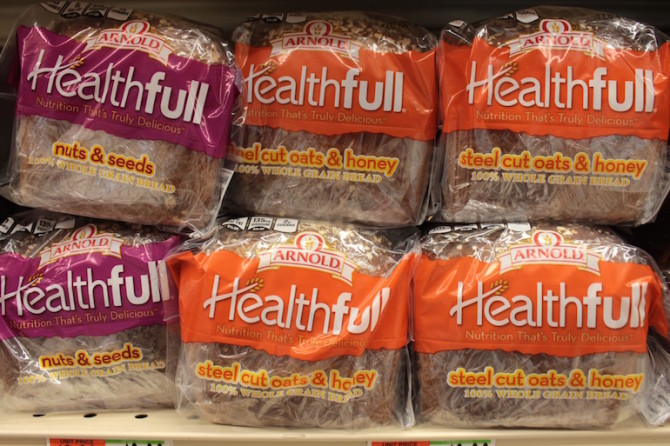
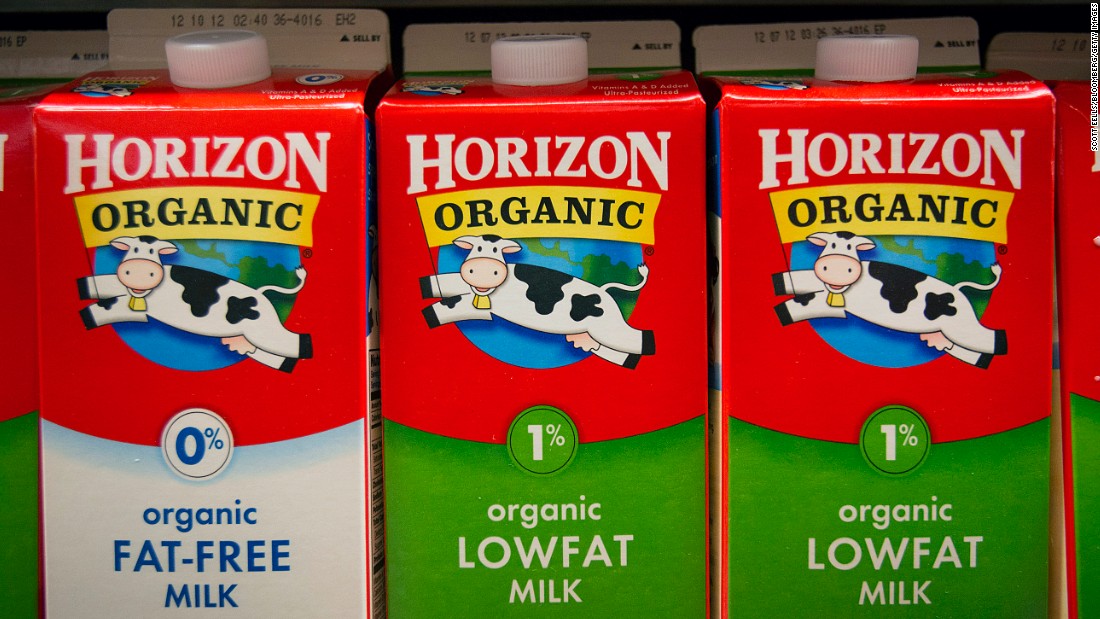
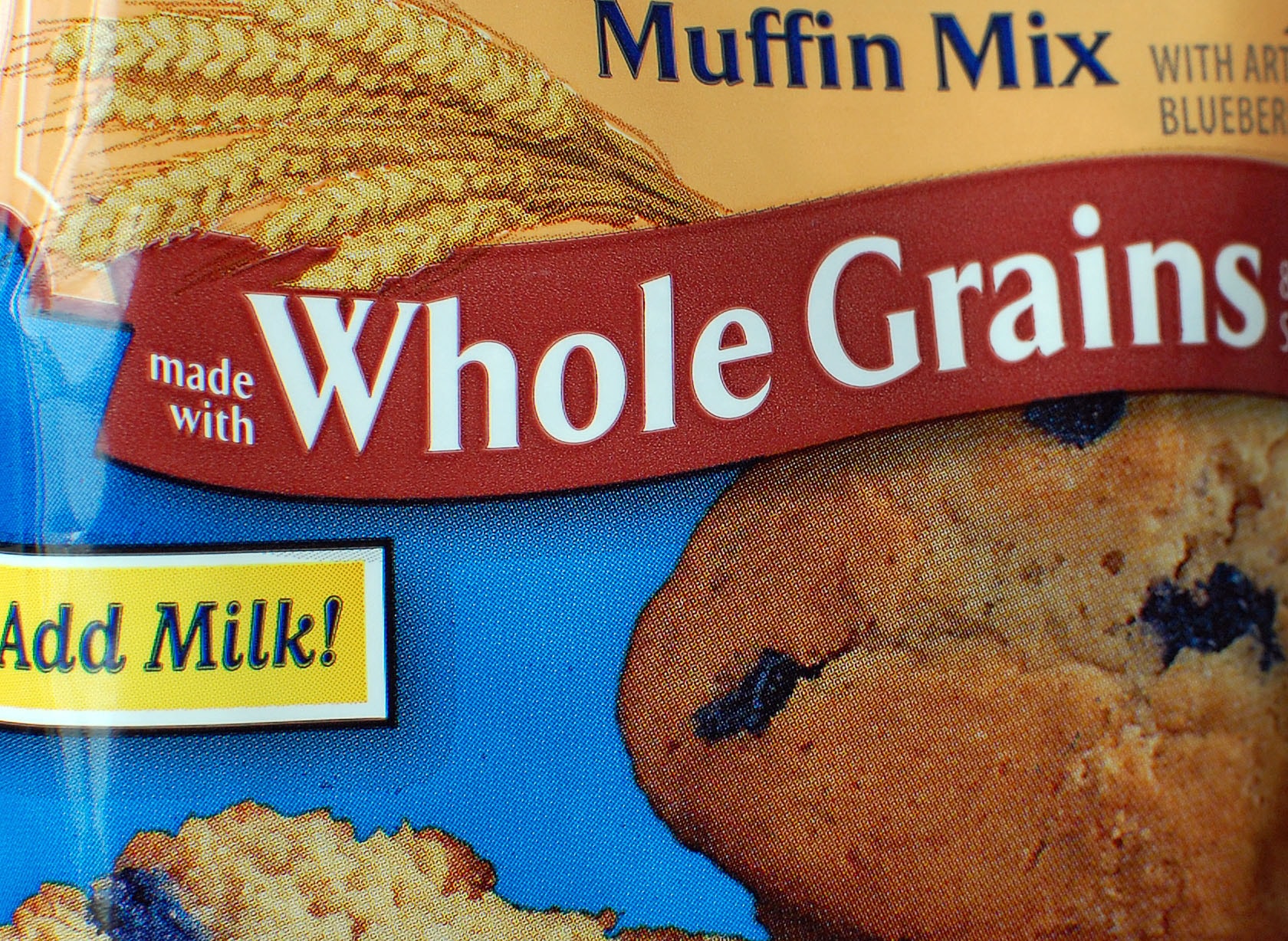




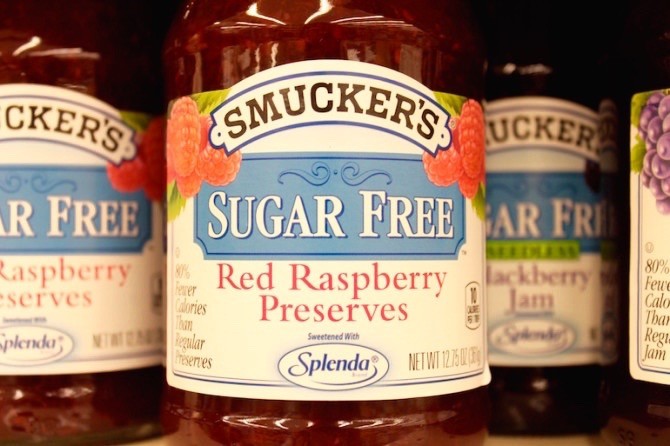

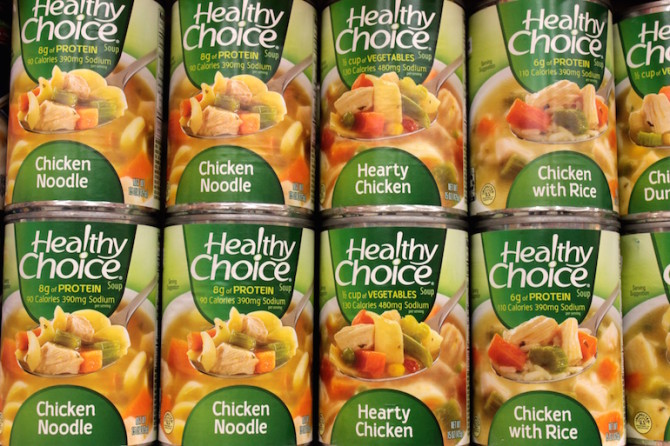
Post a Comment for "41 how food labels are misleading"